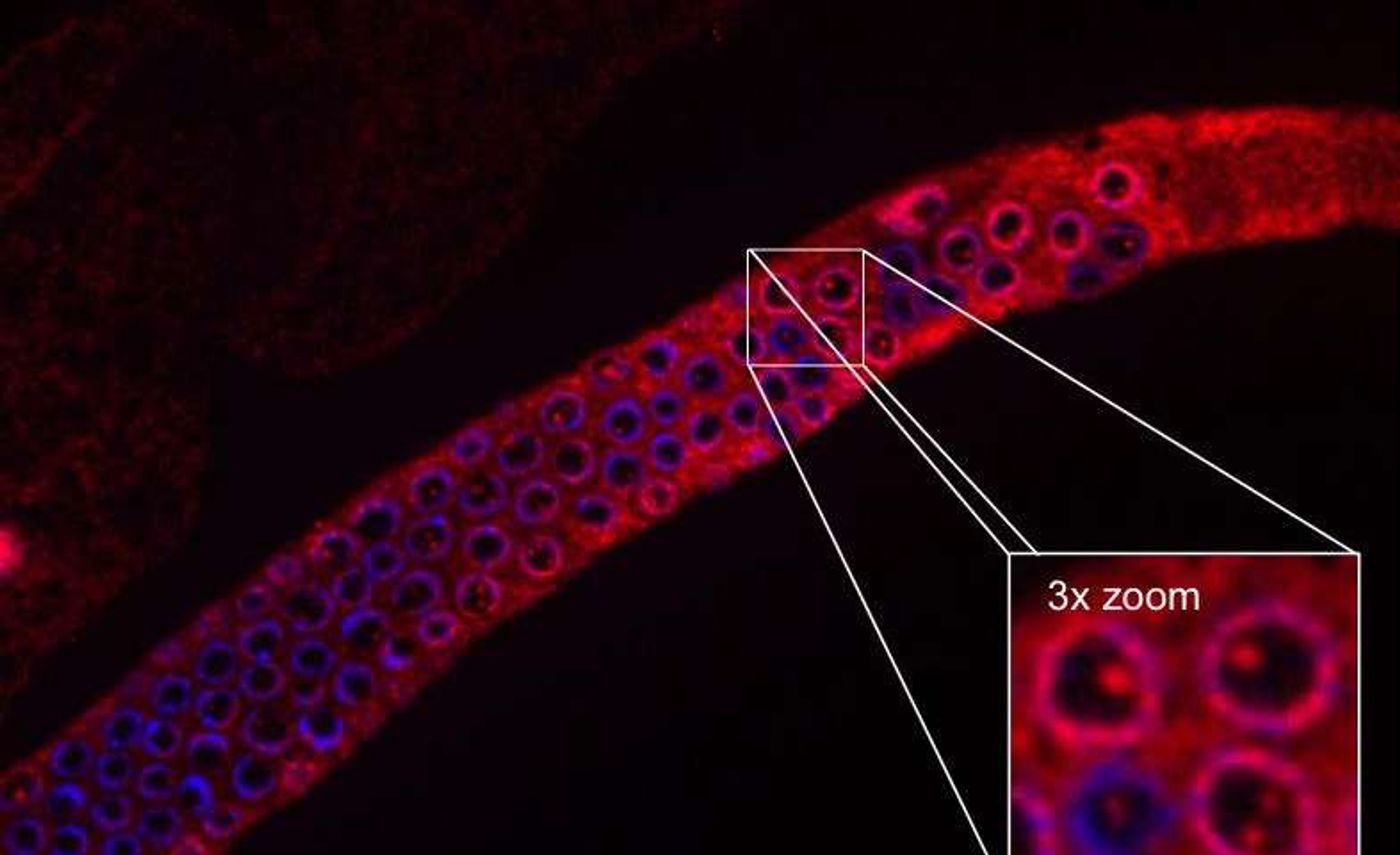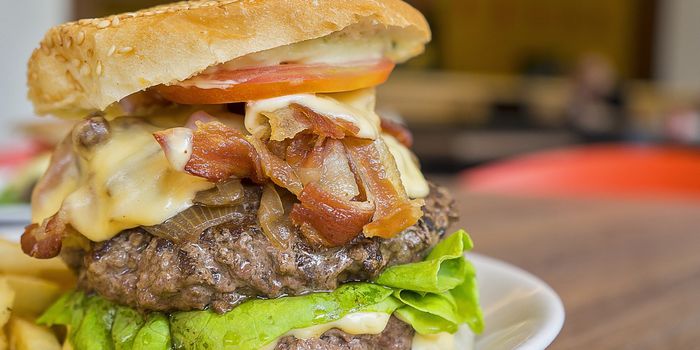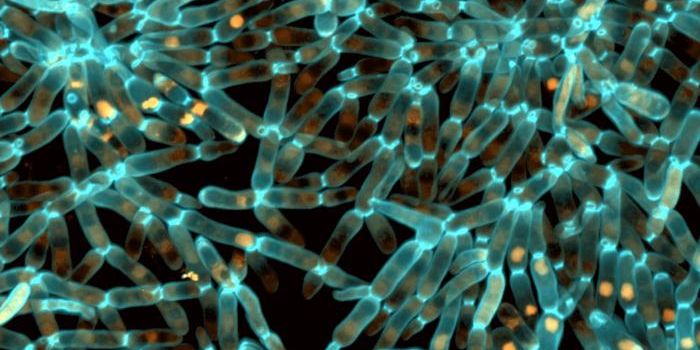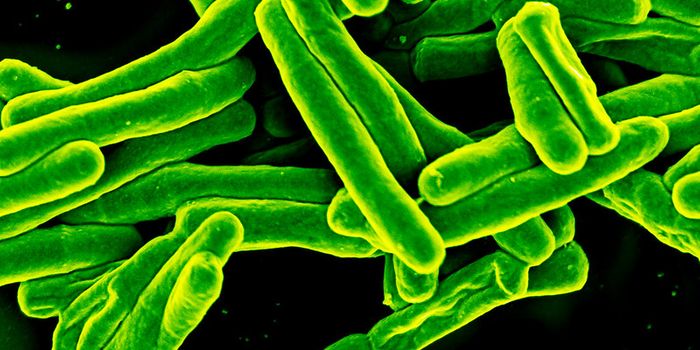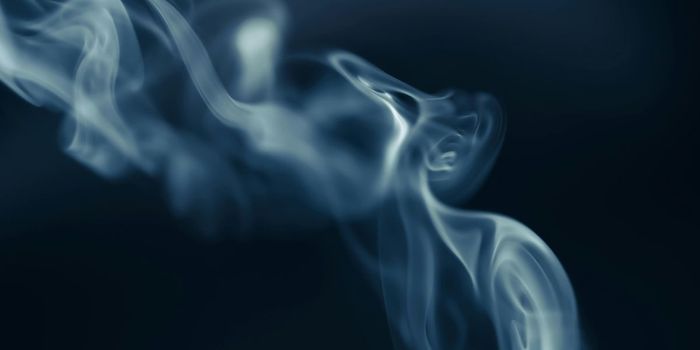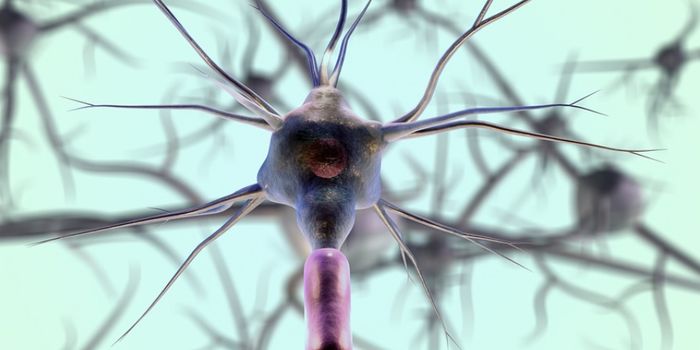Every cell in our body contains DNA, and that genomic material is critical to our health. One threat to the double stranded DNA molecule is radiation, which can cause breaks in both strands of DNA. Those broken strands must be repaired or health problems such as cancer can arise from it. When a cell sustains damage to its DNA, it faces a stark choice: if the DNA cannot be repaired by cellular machinery, the cell has to initiate a process called apoptosis, which results in cell death.
New science has been published in Nature Structural & Molecular Biology that describes a molecule that works on that choice.
One of the senior authors of the report, Björn Schumacher, explained: "Within seconds after an harmful incident, different mechanisms start. In a schizophrenic way, the cell starts repairing as well as preparing for apoptosis. We identified an uncharacterized mechanism that integrates signals from the ongoing repair process and the cell death machinery. A protein called UFD2 forms large complexes at the breaks and verifies whether to proceed with the repair or whether it's time to die." As such, UFD-2 is a regulator that both receives and gives signals.
The researchers utilized the model organism Caenorhabditis elegans, a nematode, for this work. "For our research we used different strains of C. elegans, including wild type and genetically modified ones. They were exposed to ionizing radiation to induce double strand breaks and then examined," explained the lead author of the study, Leena Ackermann.
"The results are important to further understand how and why a cell decides to repair or to die. Is the repair still ongoing and successful or is apoptosis necessary? Cells lacking UFD-2 fail to undergo apoptosis. In humans such a situation could lead to a higher risk of a damaged cell becoming a cancer cell," added Schumacher.
While this work was performed in a worm, all of the same genes that take part in this process are also found in humans. A deeper understanding of this mechanism could lead to insight into the development of cancer after DNA damage. While cell death or apoptosis (a-p?p-?t?-s?s) can protect us from cancer, too much apoptosis eventually leads to aging and the degeneration of tissue.
The senior author of this work, Thorsten Hoppe, was first to identify UFD2 as a player in the process of protein degradation. UFD2 helps form regulation centers that can coordinate DNA repair and apoptosis. Hoppe has hope that therapeutics for tumors will benefit from this study.
"The knowledge we gained from this study provides new perspectives for fighting cancer pharmaceutically. It might be possible to manipulate the well-balanced process of apoptosis and protein degradation to make clearance of tumor cells more efficient," Hoppe concluded.
Sources:
Phys.org via
University of Cologne,
Nature Structural & Molecular Biology
